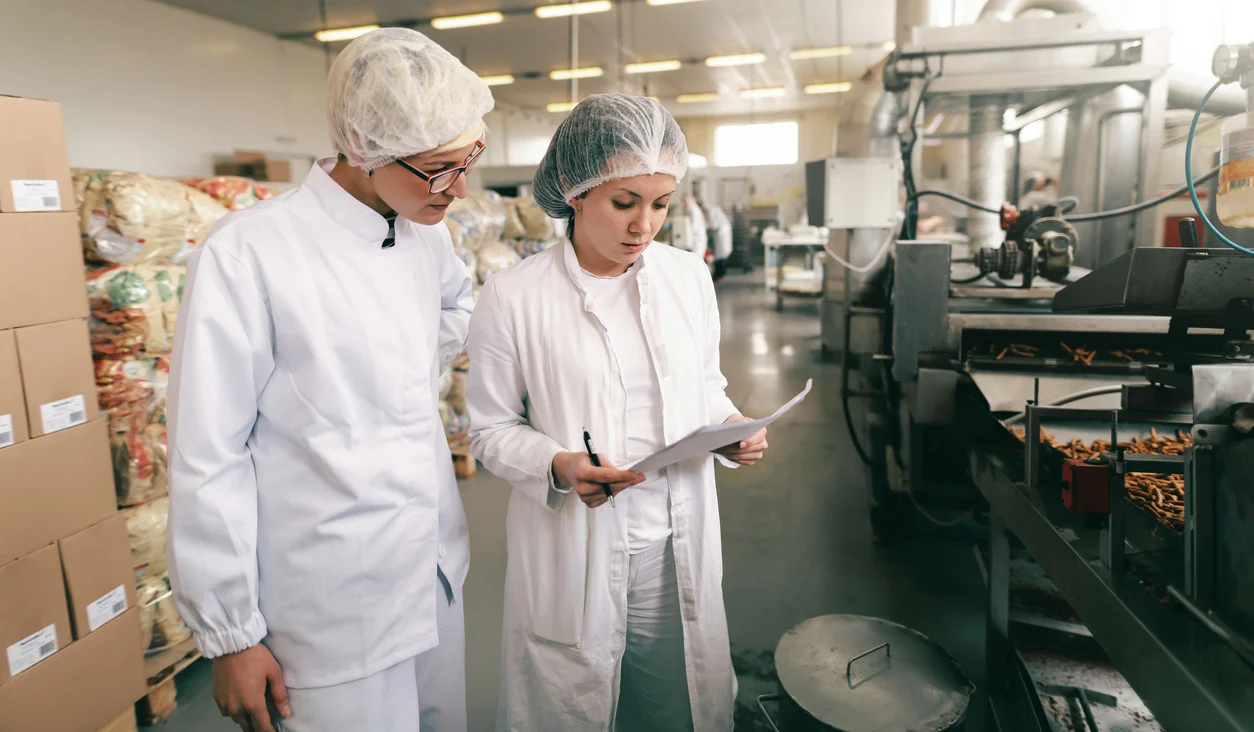
Choosing the wrong type of PPE in food processing isn’t just a waste of money—it can lead to contamination, non-compliance, and product recalls.
Many facilities wonder: should we use disposable gloves and aprons, or invest in reusable PPE that lasts longer?
This article compares the two in terms of safety, hygiene, compliance, cost-effectiveness, and operational fit—so you can make a decision based on your workflow, risk level, and customer standards.
Disposable food PPE offers maximum hygiene with single-use gloves, aprons, or hairnets, ideal for high-risk zones. Reusable PPE provides long-term cost savings and durability for low-risk or non-contact roles. The right choice depends on contamination risk, cleaning protocols, and industry requirements like HACCP or FSMA.
Case Study: When Disposable Saved a Multi-Million Dollar Shipment
Case: Meat Processing Plant, Germany
Staff in packaging zone used reusable gloves washed daily. An unnoticed tear in a glove led to cross-contamination with E. coli, traced back to the glove material.
Shipment recall cost: €2.1 million
Outcome: Switched to disposable nitrile gloves, changed hourly. No similar incident since.
✅ Lesson: In high-risk zones, disposable > reusable, even if more expensive per unit.
Comparing Key Features
| Feature | Disposable PPE | Reusable PPE |
|---|---|---|
| Hygiene | Excellent – one-time use | Good – depends on cleaning protocols |
| Durability | Low – designed to be discarded | High – built for repeated use |
| Compliance | HACCP/FSMA-friendly | Acceptable if cleaning is validated |
| Cost per Unit | Low | Higher upfront, cheaper per wear |
| Environmental Impact | High waste if not recycled | Lower waste if properly maintained |
| Use Case | Direct contact, high-risk areas | Supervisors, dry zones, equipment handling |
Common Use Scenarios
| Task | Recommended PPE Type | Reason |
|---|---|---|
| Cutting raw poultry | Disposable gloves + aprons | Prevents bacteria transfer via contaminated surfaces |
| Packaging cooked food | Disposable gloves | Ensures post-heat cleanliness |
| Warehouse loading | Reusable gloves | No direct contact with food |
| Line supervisor / inspection | Reusable coat + sleeves | Allows mobility, minimal direct contact |
| Cleaning with sanitizers | Reusable chemical-resistant gloves | Protection from disinfectants |
Food Safety Standards That Apply
| Standard | Requirement |
|---|---|
| HACCP | Prevent cross-contamination; often prefers disposables in CCP (Critical Control Point) zones |
| FDA / FSMA (USA) | Demands traceability, glove integrity, and contamination prevention |
| BRCGS / IFS | Requires documented laundering if PPE is reused |
| ISO 22000 | Supports both disposable and reusable—focus is on validated hygiene control |
💡 Disposables simplify documentation: each use = fresh start. Reusables demand proven cleaning logs.
Material Breakdown: What Are You Actually Wearing?
| Material Type | Best Used In… | Notes |
|---|---|---|
| Nitrile Gloves | Wet/raw food contact zones | Puncture resistant, allergen-free |
| Polyethylene Aprons | Quick changes in meat/fish plants | Lightweight, cost-effective, disposable |
| Vinyl Gloves | Low-contact dry food (e.g., bakery) | Low cost, lower durability |
| Reusable Cotton Coats | Dry or non-contact roles | Breathable, requires laundering |
| PU Sleeves | Reusable arm protection | Resists oils/fats, easy to clean |
Real-World Question: Can We Mix Disposable and Reusable in One Facility?
Question from a Dairy Plant Buyer (USA):
“Our packaging zone uses disposables, but the warehouse wants reusable gloves. Is this a compliance problem?”
✅ Answer: Not at all. In fact, zoning by PPE type is recommended:
- Disposable: Food contact, risk of splash or contamination
- Reusable: Non-contact, handling tools, moving crates
This strategy cuts waste while keeping high-risk zones sterile.
Cost Analysis: Don’t Just Look at Price per Piece
| Scenario | Disposable PPE | Reusable PPE |
|---|---|---|
| Cost per glove | $0.06 | $1.50 |
| Uses per glove | 1 | 30+ |
| Cost per wear | $0.06 | $0.05 |
| Cleaning / Laundry | None | $0.02 per use |
| Hygiene confidence | High | Medium (unless well managed) |
⚠️ Remember: Contamination = costlier than any glove.
Recalls, production stops, and reputational damage add up fast.
FAQs
Q1: Which PPE type is legally safer?
A: Disposables often meet hygiene requirements more easily, but reusables are safe if cleaning is validated.
Q2: What if we don’t have in-house laundry?
A: Consider third-party laundering services or use disposables for CCP zones.
Q3: How often should disposable gloves be changed?
A: At least every hour, or immediately after contamination or damage.
Q4: Are biodegradable disposables an option?
A: Yes. Some nitrile and PE products now offer eco-friendly versions that meet safety standards.
Q5: How to train staff on changing PPE?
A: Use visual signage + brief video modules. Reinforce during daily shift huddles.
Buyer Checklist
- [ ] Have you identified high vs low-risk zones in your facility?
- [ ] Do you have laundry SOPs or partners for reusable PPE?
- [ ] Are critical control points using single-use PPE?
- [ ] Have you compared cost-per-wear, not cost-per-unit?
- [ ] Are you sourcing certified food-contact safe materials?
Conclusion
There’s no one-size-fits-all answer in food PPE.
✅ Use disposables for hygiene-critical zones
✅ Use reusables where durability makes more sense
The best programs use both, tailored to their process flow.
And if you’re unsure, we’re here to help.
📩 Email: [email protected]
🌐 Visit: www.workwearsolutions.net
Zion Zhang
Recent Posts
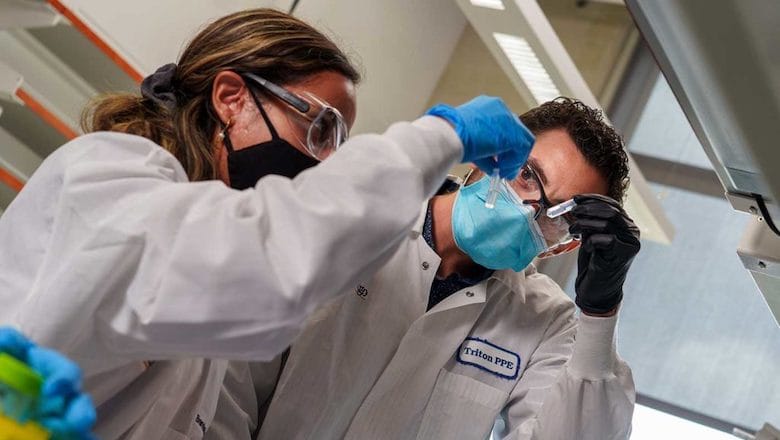 Color-Coded PPE Systems: Preventing Cross-Contamination in Food Facilities2025年8月7日Cross‑contamination spreads through cuts, allergens—and […]
Color-Coded PPE Systems: Preventing Cross-Contamination in Food Facilities2025年8月7日Cross‑contamination spreads through cuts, allergens—and […]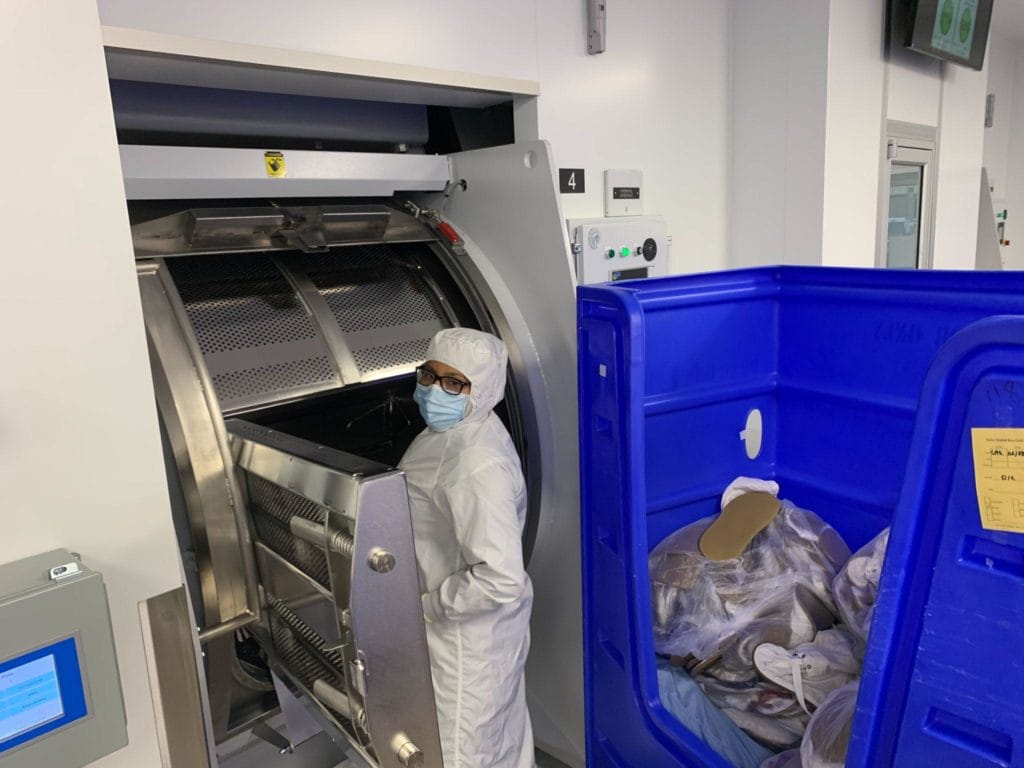 Food PPE Laundering, Storage, and Disposal: Keeping Safety Clean2025年8月7日You’d never expect a glove to taint your product—but […]
Food PPE Laundering, Storage, and Disposal: Keeping Safety Clean2025年8月7日You’d never expect a glove to taint your product—but […] Hairnets, Beard Covers, and Bouffant Caps: Managing Contamination Risk Above the Shoulders2025年8月7日Even the smallest strand of hair or skin particle can […]
Hairnets, Beard Covers, and Bouffant Caps: Managing Contamination Risk Above the Shoulders2025年8月7日Even the smallest strand of hair or skin particle can […] Choosing the Right Gloves for Food Processing: Cut, Grip, and Hygiene2025年8月7日In food processing, gloves are more than hygiene […]
Choosing the Right Gloves for Food Processing: Cut, Grip, and Hygiene2025年8月7日In food processing, gloves are more than hygiene […]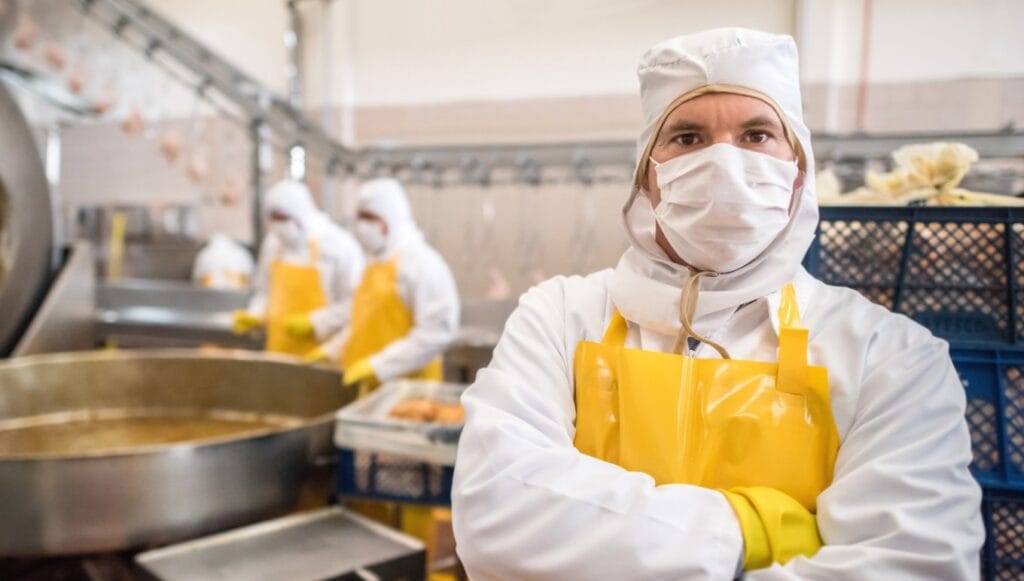 Introduction to Food Industry PPE: Hygiene, Safety, and Compliance2025年8月7日Introduction to Food Industry PPE: Hygiene, Safety, and […]
Introduction to Food Industry PPE: Hygiene, Safety, and Compliance2025年8月7日Introduction to Food Industry PPE: Hygiene, Safety, and […]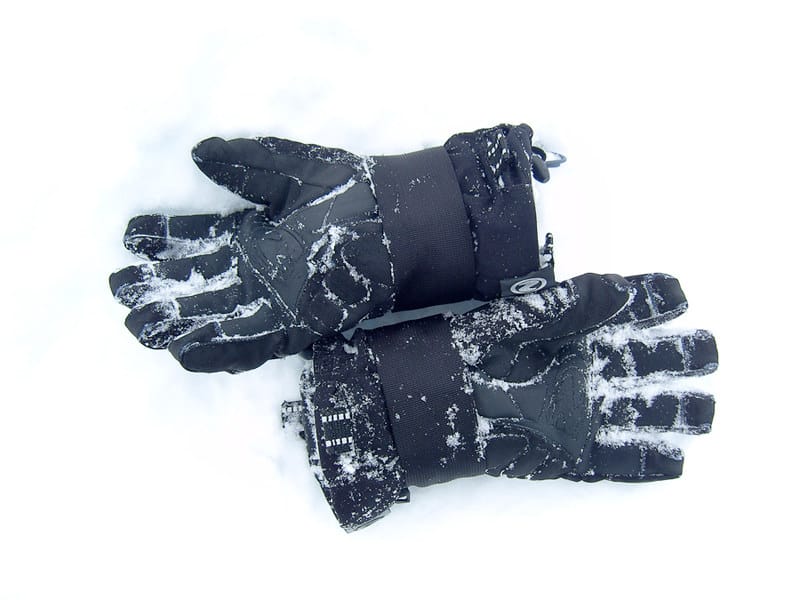 Hi-Vis Winter Gloves: Extreme Cold, Visibility, and Compliance for Arctic Worksites2025年8月5日Working in Arctic or sub-zero conditions is not just […]
Hi-Vis Winter Gloves: Extreme Cold, Visibility, and Compliance for Arctic Worksites2025年8月5日Working in Arctic or sub-zero conditions is not just […]
CONTACT US
- Feel free to contact us any time. We will get back to you as soon as we can!
- +86-17330061805
